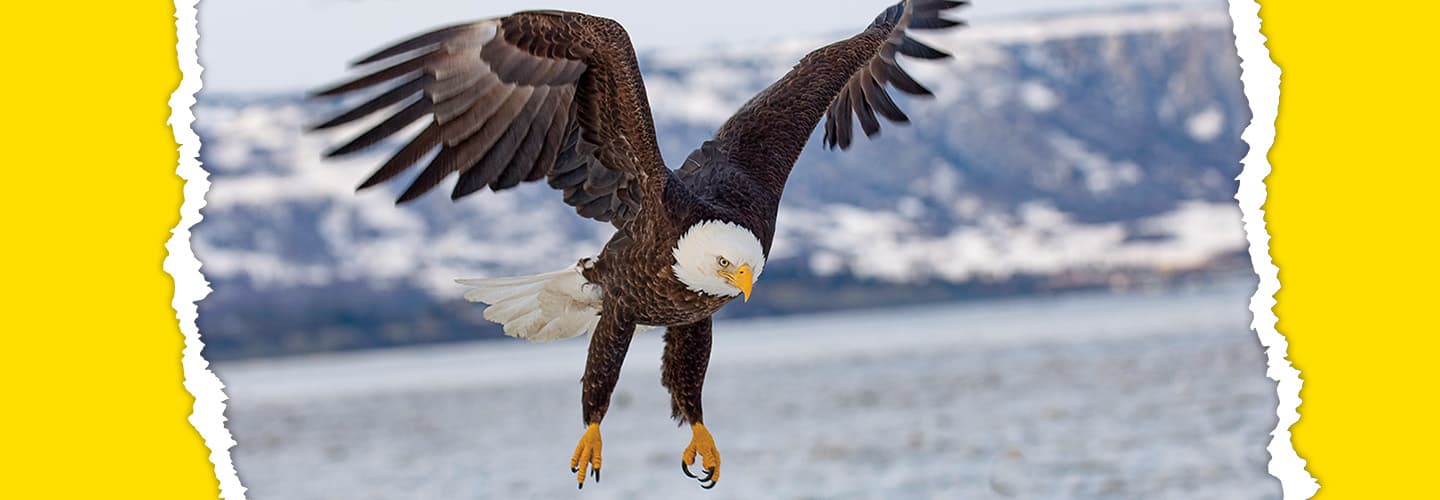What do the humpback whale, Louisiana black bear, and Tennessee purple coneflower have in common? They’ve all been saved from disappearing from the United States by the Endangered Species Act (ESA).
Signed into law on December 28, 1973, the ESA makes it illegal to kill, capture, or harm any species listed as endangered. It also protects the habitats where those plants and animals live. Plus, it provides funding to help each species recover.
Today, about 1,600 plants and animals in the U.S. are protected by the ESA. It has been called one of the world’s most successful conservation laws. About 99 percent of the species under its protection have been saved from extinction.
“There’s a long list of species that were in bigtime decline that we brought back over the last 50 years,” says Randy Robinson. He works at the U.S. Fish and Wildlife Service. That’s one of the government agencies that manages the ESA.
Here’s a look at three of the law’s biggest success stories.
What do the humpback whale, Louisiana black bear, and Tennessee purple coneflower have in common? They’ve all been saved from disappearing from the United States. And it’s all thanks to the Endangered Species Act (ESA).
The ESA was signed into law on December 28, 1973. The law makes it illegal to kill, capture, or harm any species listed as endangered. It also protects the habitats these plants and animals need to survive. Plus, it provides funding to help each species recover.
Today the ESA protects about 1,600 plants and animals in the U.S.. It has been called one of the world’s most successful conservation laws. About 99 percent of the species under its protection have been saved from extinction.
“There’s a long list of species that were in big-time decline that we brought back over the last 50 years,” says Randy Robinson. He works at the U.S. Fish and Wildlife Service. That’s one of the government agencies that manage the ESA.
Here’s a look at three of the law’s biggest success stories.

